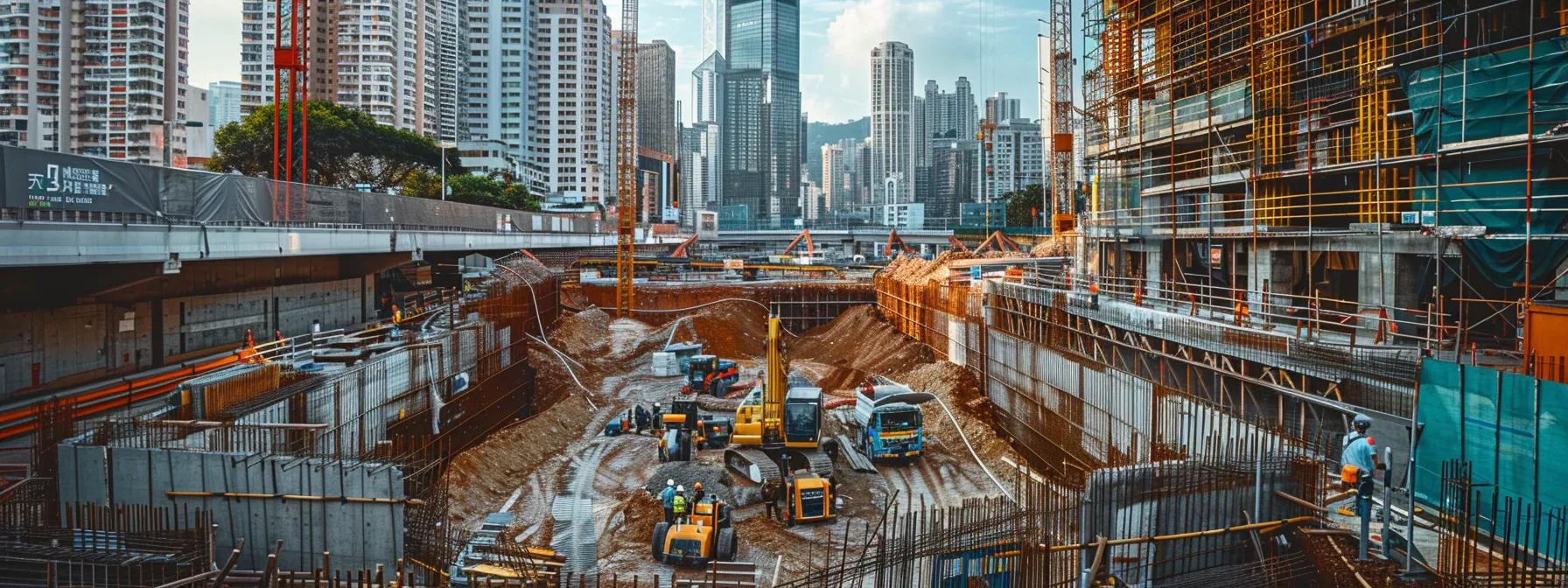
Efficient Directional Boring Solutions for Pitt Town's Infrastructure
Directional boring is a trenchless technology that revolutionises modern infrastructure and utility installations. In Pitt Town, where preserving surface integrity and minimising environmental disruption are paramount, directional boring offers an efficient alternative to conventional trenching. For further details, professionals are encouraged to contact local experts to address any inquiries regarding its process, benefits, and cost factors. This article explains how directional boring works, its process, benefits, utilities it supports, local regulations, cost factors, common questions, and relevant case studies—all aimed at professionals in civil engineering, utility installation, and infrastructure management.
What Is Directional Boring and How Does It Work in Pitt Town?
Directional boring creates underground passages for utilities with minimal surface disturbance. Advanced machinery and guidance systems steer a drilling head along a predetermined path, allowing the installation of pipes and cables without conventional trench excavation. In Pitt Town’s sensitive environmental settings, this method efficiently installs water mains, gas lines, and fibre optic cables while reducing impact on existing infrastructure.
The process begins with precise surveying and planning, followed by angled drilling. Real-time sensor monitoring adjusts the trajectory during drilling, ensuring accuracy even in the presence of complex underground utilities. This method is faster than traditional trenching, reducing labour costs and project downtimes. Its success depends on careful planning, specialised equipment, and adherence to strict safety and environmental guidelines dictated by Pitt Town’s geological conditions.
How Does Directional Boring Differ From Traditional Trenching?
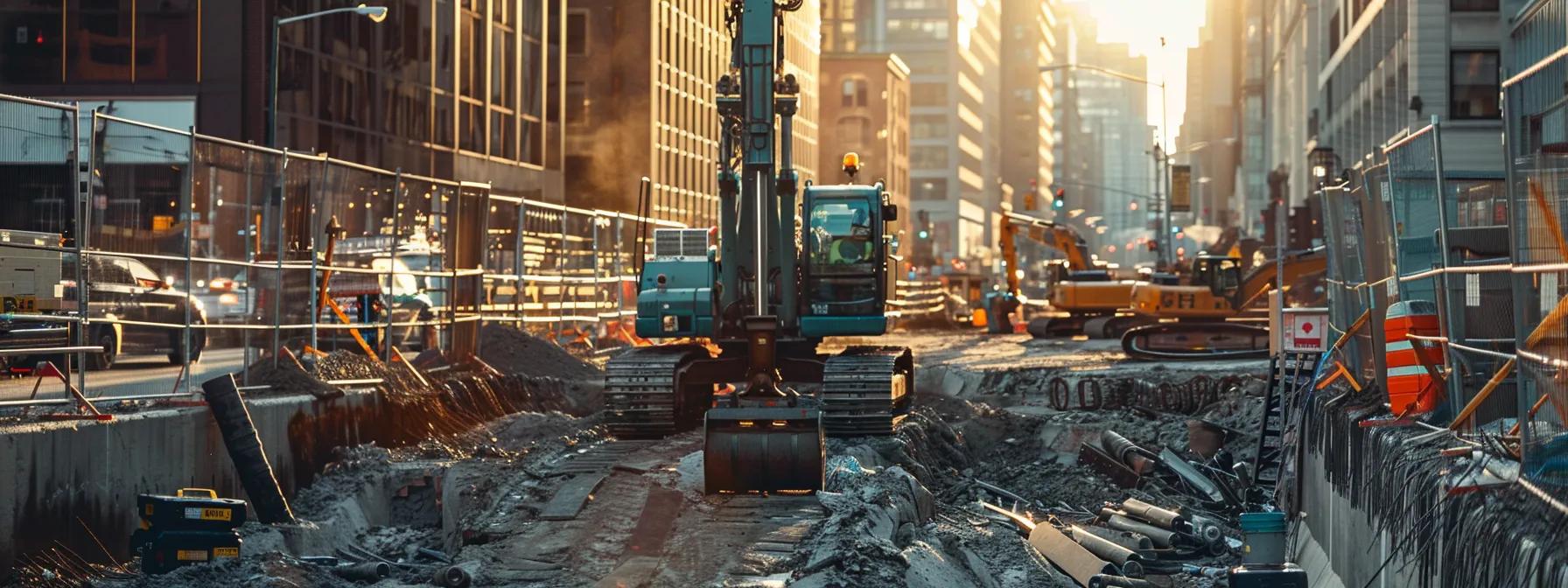
Unlike traditional trenching—which requires wide, deep open cuts—directional boring uses a guided drill to create a discreet underground tunnel. This method greatly reduces surface disruption, environmental impact, road closures, and subsequent restoration costs.
Traditional trenching often causes soil displacement and damage to roads and landscaping. In contrast, directional boring requires only small entry and exit points, preserving roads and adjacent features. Sophisticated guidance and navigation systems continuously monitor the drill’s path, reducing the risk of hitting existing utilities and further shortening project timelines through streamlined processes.
What Are the Key Steps in the Directional Boring Process?
The process of directional boring is methodical, ensuring precision, safety, and efficiency:
Step 1: Survey and Planning Engineers perform geotechnical surveys to map underground utilities and assess soil conditions. This planning defines the exact bore path and identifies potential obstacles.
Step 2: Pilot Bore Creation A small-diameter drilling rig creates a pilot bore along the planned path. Real-time monitoring ensures the drill follows the intended course, making quick adjustments as needed.
Step 3: Reaming The pilot bore is then enlarged using a reaming tool that smooths the tunnel walls. This step prepares the tunnel for the utility installation.
Step 4: Pipe Pullback A utility pipe is attached to the drill string and pulled back through the reamed tunnel carefully to avoid damage.
Step 5: Finishing and Backfilling The entry and exit sites are restored with minimal impact. Backfilling ensures that the disturbed areas blend with the surrounding environment.
Each step is rigorously controlled to prevent damage and ensure the quality and safety of the underground installation.
Directional Boring Equipment and Technology for Pitt Town

Pitt Town projects rely on specialised equipment and advanced technology for directional boring. High-performance drilling rigs, capable of handling diverse geological conditions, are fitted with computer-assisted navigation systems for real-time monitoring of drilling depth, direction, and alignment.
Key equipment includes: • Directional drill rigs that follow pre-determined paths using GPS and laser guidance. • Steerable drilling heads that allow remote adjustments in challenging soil conditions. • Mud motor systems combined with duplex steering systems to ensure efficient rotation and penetration. • Real-time monitoring software that utilises 3D modelling and simulation for precise control and data recording.
This integration of technology ensures that directional boring meets Pitt Town’s strict regulatory and environmental requirements.
What Are the Benefits of Directional Boring for Pitt Town Infrastructure Projects?
Directional boring offers several benefits for Pitt Town infrastructure projects:
• Limited Surface Disruption: The small access points preserve surface integrity, making it especially suitable in residential and urban areas. • Reduced Traffic and Business Impact: Minimal excavation avoids prolonged road closures and community disturbances. • Cost Savings: Lower labour expenses and reduced need for site restoration lead to long-term cost efficiency. • Enhanced Accuracy: Precision drilling minimises future maintenance issues by installing utilities accurately. • Environmental Sustainability: Reduced soil removal and minimal habitat disruption contribute to a smaller carbon footprint and better protection of local ecosystems.
These benefits make directional boring a sustainable and economical choice for modern infrastructure work in Pitt Town.
How Does Directional Boring Minimise Environmental and Surface Disruption?
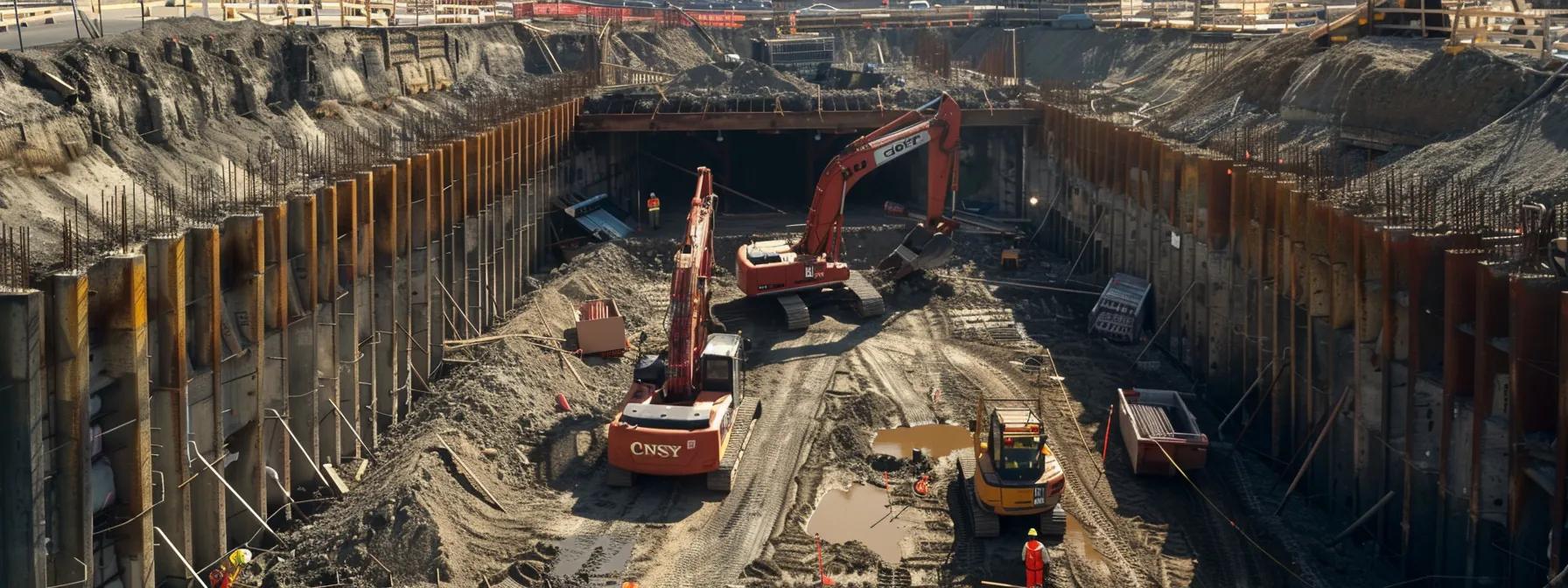
Directional boring minimises environmental and surface disruption by using a trenchless method. With only small, strategically placed entry and exit points, the technique avoids large-scale excavation, thereby preserving vegetation and local landscapes and preventing soil erosion.
By not disturbing extensive areas, there is less need for reclamation work, which reduces fuel consumption and the emissions from heavy machinery. This method ensures that local ecosystems and historical sites remain largely undisturbed, aligning with sustainable construction practices that benefit both the community and the environment.
Why Is Directional Boring Cost-Effective Compared to Traditional Methods?
The cost-effectiveness of directional boring arises from several factors. Traditional trenching incurs high costs due to extensive excavation, lengthy road closures, and subsequent site restoration. In contrast, directional boring requires smaller entry points and results in faster project completion, thereby reducing labour, fuel, and maintenance expenses.
Key financial benefits include: • Reduced Restoration Costs: Only small areas are disturbed, cutting restoration time and expense. • Lower Labour and Equipment Use: Precise drilling reduces the need for prolonged equipment operation and labour hours. • Minimised Rework: High accuracy decreases the risk of errors and costly corrections.
In addition, the minimal disruption to local businesses and traffic translates to indirect cost savings for the community, making the method an economically sound investment for Pitt Town.
How Does Directional Boring Ensure Precision and Safety in Utility Installation?

Precision and safety are paramount in directional boring. The process employs advanced tracking systems, real-time monitoring, and dynamic adjustment capabilities to ensure the drill follows the planned trajectory accurately. This precision minimises the risk of damaging existing utilities and structures.
Sensors and GPS guidance systems provide operators with continuous feedback, allowing for immediate adjustments if geological conditions change. Because most operations occur remotely, workers face fewer hazardous exposures. The use of smaller entry and exit points further reduces surface accidents compared to conventional trenching. Integrated safety protocols, including robust emergency shut-off measures, ensure both worker and public safety while maintaining high installation quality.
Which Utilities Can Be Installed Using Directional Boring in Pitt Town?
Directional boring is versatile, supporting the installation of various utilities even in densely built areas where space is at a premium. Its trenchless approach makes it ideal for installing critical infrastructure with minimal disruption.
How Is Directional Boring Used for Water Main Installation?
Directional boring facilitates the installation of water mains beneath roads and structures without open-cut trenches. This method reduces interruptions to water flow and traffic, and the minimal bending of water lines improves their performance and longevity.
What Are the Advantages of Directional Boring for Gas Line Installation?
For gas lines, directional boring provides accurate alignment and reduced surface risk, thereby preventing accidental strikes on other underground utilities. The technique enhances safety during and after installation, ensuring the gas network’s integrity.
How Does Directional Boring Facilitate Electrical Cable Installation?
Electrical cables benefit from being placed in a continuous, unbroken tunnel, which protects them from environmental damage and interference. The method’s precision helps maintain robust connectivity and reduces the likelihood of future damage during construction or natural events.
Why Choose Directional Boring for Telecommunication Cable Installation?
Telecommunication cables are installed underground with minimal disturbance, ensuring they remain protected from physical and environmental hazards. The precision drilling reduces the need for extra protective measures and lowers overall installation costs, while maintaining uninterrupted service in high-density areas.
What Local Expertise and Regulations Affect Directional Boring in Pitt Town?
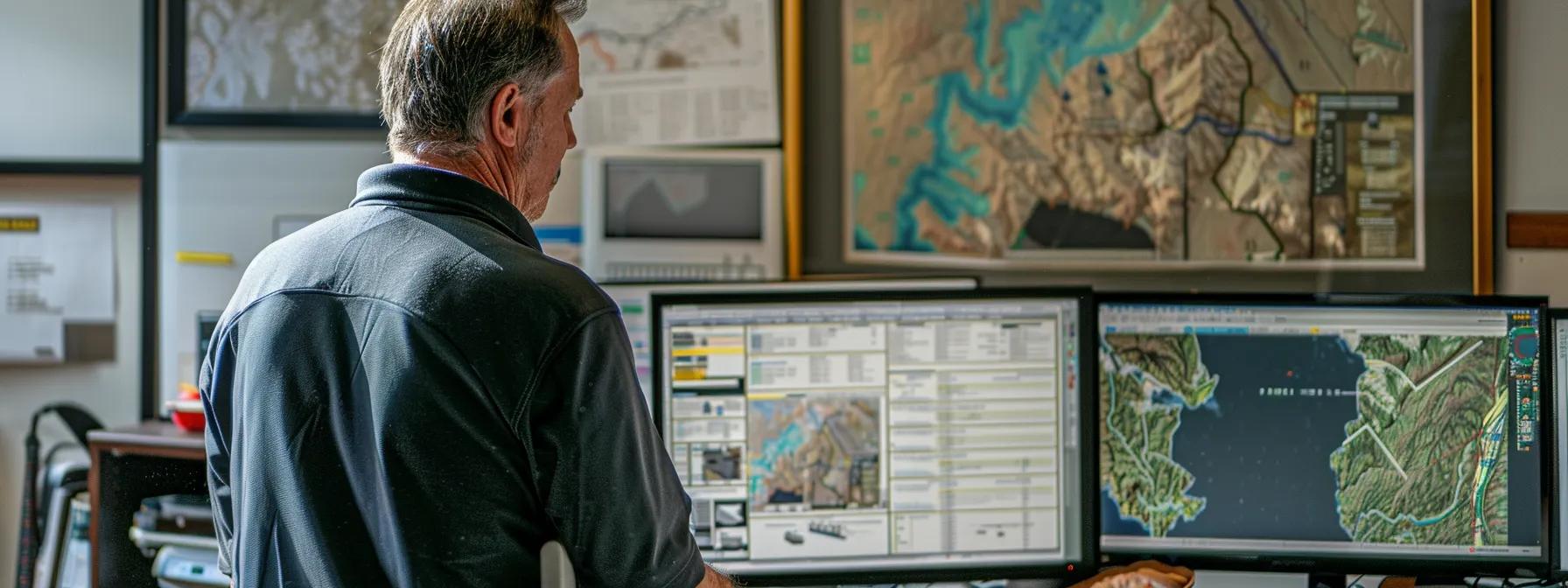
Successful directional boring in Pitt Town depends on local expertise and strict regulatory compliance. The town’s unique geological and environmental conditions require specialised knowledge to plan and execute projects safely.
How Does Pitt Town’s Geological Environment Influence Directional Boring Projects?
Pitt Town’s soil composition, rock formations, and water table levels can affect the drilling process significantly. Engineers carry out detailed geotechnical surveys to select the best bore paths and appropriate machinery, ensuring that unexpected conditions do not compromise the project.
What Are the Key Permits and Regulatory Requirements for Directional Boring in Pitt Town?
Projects must comply with local council and environmental agency regulations concerning noise, vibration, and surface restoration. Obtaining these permits is critical to ensure compliance with state and federal guidelines for trenchless technology.
Why Choose a Pitt Town-Based Directional Boring Contractor?
Local contractors bring essential regional expertise and established municipal relationships, which streamline permitting processes and improve project efficiency. Their familiarity with local conditions minimises unforeseen challenges and enhances overall project success.
How Much Does Directional Boring Cost in Pitt Town and What Factors Affect Pricing?
The cost of a directional boring project in Pitt Town is influenced by project scope, soil conditions, installation depth, and the type of utility. Compared to conventional methods, directional boring is cost-effective due to its efficient use of resources and reduced need for surface restoration.
What Are the Main Cost Drivers in Directional Boring Projects?
The principal cost drivers include: • Bore path complexity • Installation length and depth • Soil hardness • Specialised equipment requirements • Regulatory fees
How Can Project Planning Reduce Directional Boring Costs?
Thorough pre-construction assessments and precise planning help identify potential issues early. Optimising the bore path and scheduling efficiently can significantly reduce expenses related to modifications and downtime.
What Should You Consider When Choosing a Directional Boring Contractor in Pitt Town?
Factors include the contractor’s local experience, compliance record, and proven project success. A contractor offering integrated services—from planning and permitting to drilling and restoration—can often provide more competitive pricing.
Below is a summary table of key cost drivers for Pitt Town projects:
| Cost Driver | Description | Impact | Mitigation Strategy |
|---|---|---|---|
| Bore Path Complexity | Varies with environmental obstacles | High | Detailed pre-planning and surveys |
| Installation Depth and Length | Longer, deeper installations require more hours | Moderate to High | Precise measurements, efficient drilling |
| Soil and Rock Conditions | Harder soils increase drilling resistance | High | Advanced equipment, real-time adjustments |
| Regulatory and Permit Fees | Costs for necessary clearances | Moderate | Early planning, contractor negotiation |
| Labour and Equipment | Expenses for skilled labour and specialised equipment | Moderate | Integrated service providers |
What Are Common Questions About Directional Boring in Pitt Town?
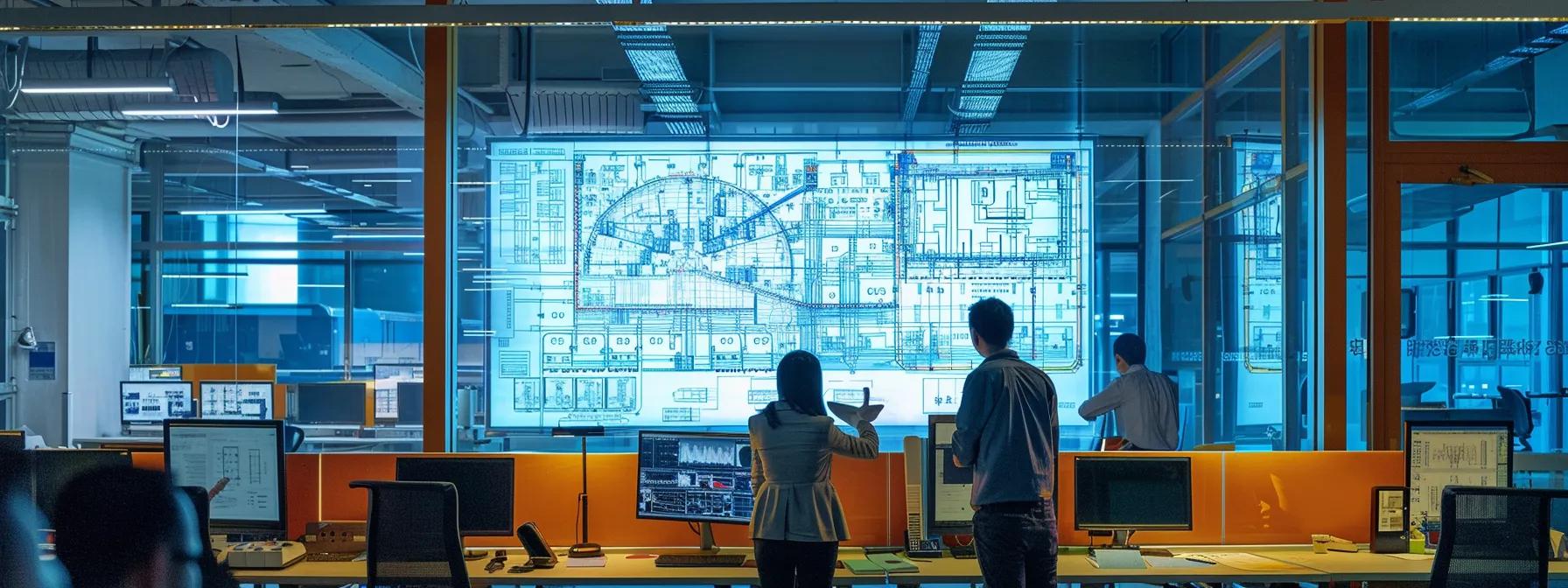
Directional boring raises several frequently asked questions among engineers, project managers, and utility providers:
What Is Directional Boring and Why Is It Important for Modern Infrastructure?
Directional boring is a trenchless technique for installing utilities underground. Its precise, efficient approach minimises surface disruption and supports modern infrastructure needs in Pitt Town.
How Long Does a Directional Boring Project Take in Pitt Town?
The duration varies with project size and soil conditions, but projects typically finish in a few days to weeks, much faster than traditional trenching due to efficient planning and advanced guidance.
Is Directional Boring Safe for Existing Underground Utilities?
Yes, real-time monitoring and controlled drilling significantly reduce the risk of damaging existing utilities, making it safe for congested urban areas.
Can Directional Boring Be Used for Both New Installations and Replacements?
Its versatility makes it suitable for both new installations and upgrades. The precision of the method ensures seamless integration with existing systems without extensive surface disruption.
What Are Successful Case Studies of Directional Boring Projects in Pitt Town?
Local case studies demonstrate the practical benefits of directional boring:
How Did Directional Boring Improve Water Main Installation in Pitt Town?
In one case, a new water main was installed beneath a busy roadway without traffic disruption. Advanced guidance systems reduced installation time by 30% and minimised the need for surface restoration, cutting overall costs.
What Challenges Were Overcome in Gas Line Directional Boring Projects?
A gas pipeline installation in a sensitive residential area used directional boring to avoid extensive surface damage. The method allowed operators to navigate around underground obstacles while maintaining safety standards, proving its effectiveness in dense urban environments.
How Has Directional Boring Enhanced Telecommunications Infrastructure Locally?
Telecommunications providers have used directional boring to install fibre-optic cables beneath roadways and utility corridors. This method resulted in a more reliable backbone and protected the cables from damage, ensuring stable, high-speed data transmission in Pitt Town.
Frequently Asked Questions
Q: What factors should be considered before starting a directional boring project in Pitt Town? A: Consider thorough site surveys, local geological conditions, utility mapping, and securing the necessary permits. Working with experienced local contractors ensures precise planning and safety.
Q: How does directional boring reduce project downtime compared to traditional methods? A: By minimising surface disruption, directional boring avoids long road closures and extensive restoration work, resulting in significantly shorter project timelines.
Q: What maintenance benefits are associated with utilities installed using directional boring? A: The high precision leads to fewer alignment issues and reduced stress on materials, decreasing maintenance needs and the frequency of repairs.
Q: Are there any limitations on the types or sizes of utilities that can be installed with directional boring? A: While highly versatile, very large diameter installations or extremely complex underground conditions may require alternative methods. However, most standard installations are well within its scope.
Q: How does directional boring contribute to sustainability in urban infrastructure projects? A: It reduces surface disruption and the need for restoration, thereby lowering fuel consumption, emissions, and overall environmental impact.
Q: Can directional boring be integrated with existing utility networks without service interruptions? A: Yes, it’s a controlled process that allows new installations to be connected seamlessly to existing systems without causing downtime.
Final Thoughts
Directional boring offers a modern, cost-effective, and environmentally friendly solution for Pitt Town’s infrastructure challenges. Employing advanced technology and precise drilling techniques, it minimises surface disruption and accelerates project timelines. Its ability to safely install critical utilities—ranging from water mains and gas pipelines to electrical and telecommunications cables—makes it an essential method for modern urban development. As Pitt Town continues to evolve, adopting directional boring will help ensure efficient, resilient, and sustainable infrastructure systems.

